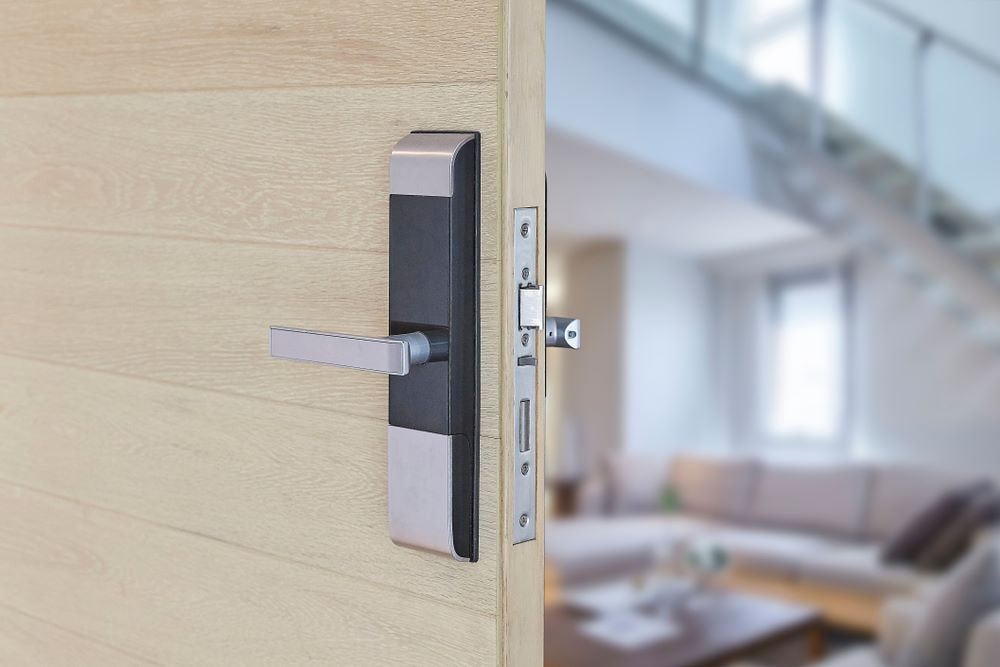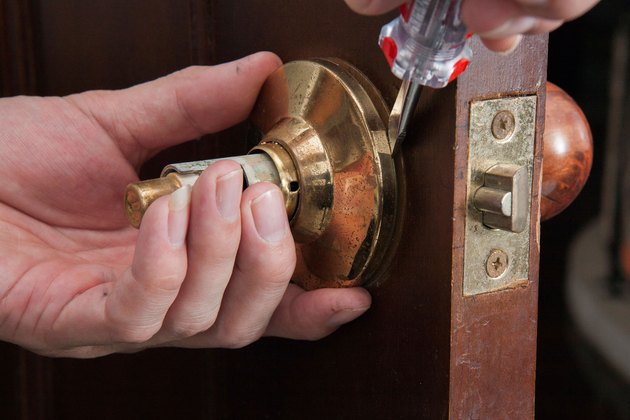How to repair a hollow core door

If your hollow core door gets damaged, you can opt for the repair option. This will save you the costs associated with purchasing a new door. You can repair the door creatively using products that were initially not intended for the exercise or use service of door repair. Insulation foam sealant is one of these materials that will help you fill the void left. Other materials include silicone rubber mold and casting resin which can help you restore wood grain texture on the patch.

There are some activities you will have to undertake to repair the hole on the hollow door core:
- Fill the hollow space with the insulating foam sealant. This will give you a base on which to apply the filler material.
- Use epoxy filler to fill the damaged area.
- Create a silicone mold to be used on the finished surface of the door.
Silicone texture mold together with casting resin will give you the desired texture on the filled and sanded patch. You can then paint the door. If you like to hire someone for Top Door fix, just call us!
There are a number of steps that you will have to undertake to make this procedure successful. Let us have a look at the steps.
Step 1: Gather the Materials Needed
You will first have to get all the materials needed for the repair. The first in your list should be insulating foam sealant. You should also get silicone rubber which will be essential in the process. Also, get styrene-based putty. To prevent leakage, you will have to buy modeling clay. There is also a need for a thinner, which will help you in cleaning up. Further, you will have to get a masking tape and disposable chip brush. Lastly, ensure you have a primer and paint.
Step 2: Fill the Void
The void is filled using the insulating foam sealant. Use a tube to deliver the foam into the void to fill it up. The door should be protected using masking tape when filling the void with the door standing upright.
Step 3: Trim the Foam
With the insulating foam sealant cured, the door’s panel can flex normally as it won’t be sticky. Use a knife to cut off the excess foam. You should then sand the area until it is flat.
Step 4: Smooth the Surface
Use an epoxy filler material to add a layer on the damaged area. This will raise the patch area to rise to the same level as the door’s panel. This can be applied using a spatula. Make the filler a bit high compared to the panel and sand it to the level of the panel of the door. This will prevent you from applying another coat.
Step 5: Prepare the Texture Mold
In case your hollow door is smooth, then you are through. You can prime and paint the door. However, if your door is textured, the patch will give the door an ugly look even if you do the painting. You will have to create this wood grain texture prior to the painting.
Step 6: Reproduce the Wood Grain Pattern on the Patched Area
Mix the casting resin per the directives of the manufacturer and apply it on the surface of the area you are working on. You can then place the silicone texture form over the resin. Do this with a rolling pin to ensure firm compatibility. Clean the excess resin using a brush. The resin should then be left to cure completely. You can then peel off the silicone texture. This will create the intended pattern.
Step 7: Prime the Patched Area and Paint the Door
You can now proceed to prime the repaired area and paint the door. You will have attained uniformity.




